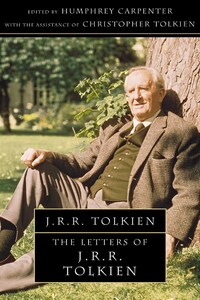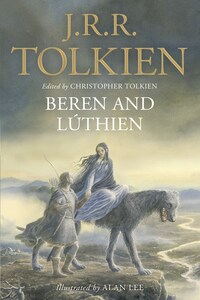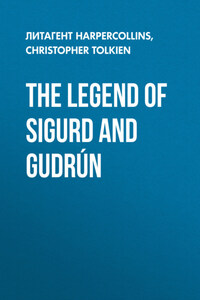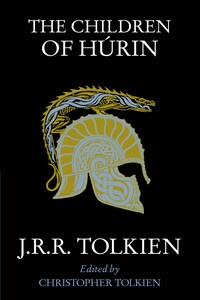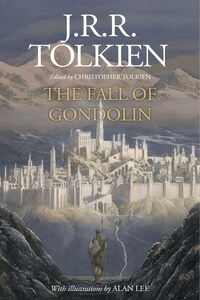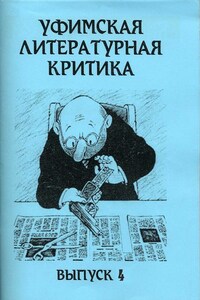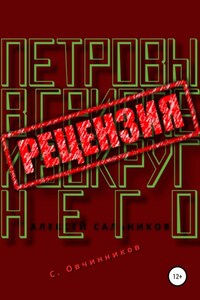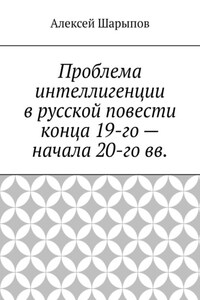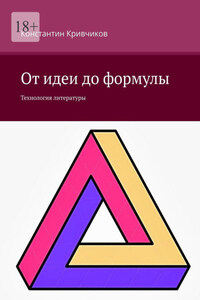Towards the end of his life, J. R. R. Tolkien was deprived for a few weeks of the use of his right arm. He told his publisher: ‘I found not being able to use a pen or pencil as defeating as the loss of her beak would be to a hen.’
An immense amount of Tolkien’s time was taken up with the written word: not just his academic work and the stories of ‘Middle-earth’, but also letters. Many of these had to be written in the way of business, but in any case letter-writing was on most occasions a favourite activity with him. The consequence is that an immense number of letters by Tolkien survive; and when, with the help of Christopher Tolkien, I began work on this selection, it became obvious that an enormous quantity of material would have to be omitted, and that only passages of particular interest could be included. Naturally, priority has been given to those letters where Tolkien discusses his own books; but the selection has also been made with an eye to demonstrating the huge range of Tolkien’s mind and interests, and his idiosyncratic but always clear view of the world.
Among the omissions is the very large body of letters he wrote between 1913 and 1918 to Edith Bratt, who was his fiancée and then his wife; these are highly personal in character, and from them I have chosen only a few passages which refer to writings in which Tolkien was engaged at the time. Between 1918 and 1937 few letters survive, and such as have been preserved record (unfortunately) nothing about Tolkien’s work on The Silmarillion and The Hobbit, which he was writing at this time. But from 1937 onwards there is an unbroken series of letters to the end of his life, giving, often in great detail, an account of the writing of The Lord of the Rings, and of later work on The Silmarillion, and often including lengthy discussions of the meaning of his writings.
Within the letters chosen for publication, all passages omitted have been indicated by a row of four dots, thus:. . . . In cases where three dots appear, this is the usage employed by Tolkien himself in the letter. In almost all cases, omissions have been made simply for reasons of space, and only very rarely has it been necessary to leave a passage out of a letter for reasons of discretion.
Tolkien’s original text has been left unaltered except in the case of the address and date, which have been given according to the same system throughout the book, and in the matter of titles of Tolkien’s books. He himself employed a number of different systems for giving titles: for instance, the Hobbit, the ‘Hobbit’, The Hobbit, ‘the Hobbit’, ‘The Hobbit’; so also with The Lord of the Rings. In general, editorial practice has been to regularise these titles according to the usual system, though the original form has been left where it is of interest.
Some letters are printed from carbon copies kept by Tolkien; he only began to make carbons of his letters towards the end of his life, and this explains why there is no trace of earlier letters unless the originals themselves can be discovered. Other letters in the book are printed from a draft or drafts which differ from the text that he actually sent (if he sent one at all), and in certain instances a continuous text has been assembled from several fragments of drafts: in cases where this has been done, the letter is headed ‘Drafts’. The frequency of such drafts among his correspondence, and the great length of many of them, was partly explained by Tolkien in a letter to his son Michael:
Words beget words, and thoughts skid off into side-track. . . . The ‘laconic’ is by me only occasionally achieved as an ‘art form’ by the cutting out of 3/4 or more of what I have written and so is, of course, in fact more time-taking and laborious than ‘free length’.
Where only a portion of a letter has been printed, the address and opening salutation have been omitted, together with the ending and signature; in such cases the letter is headed ‘From a letter to ——.’ All footnotes to letters are Tolkien’s own.
Where I have thought it necessary, letters are preceded by a headnote giving the context of the correspondence. All other notes will be found at the back of the book; the existence of such a note is indicated by a superior numeral in the text. Notes are numbered consecutively throughout each letter, and are identified letter by letter (rather than page by page) at the back of the book. The notes have been compiled according to the principle of providing such information as is necessary for comprehension, but the aim has been brevity, too, and it is assumed that the reader will have a fairly thorough knowledge of
